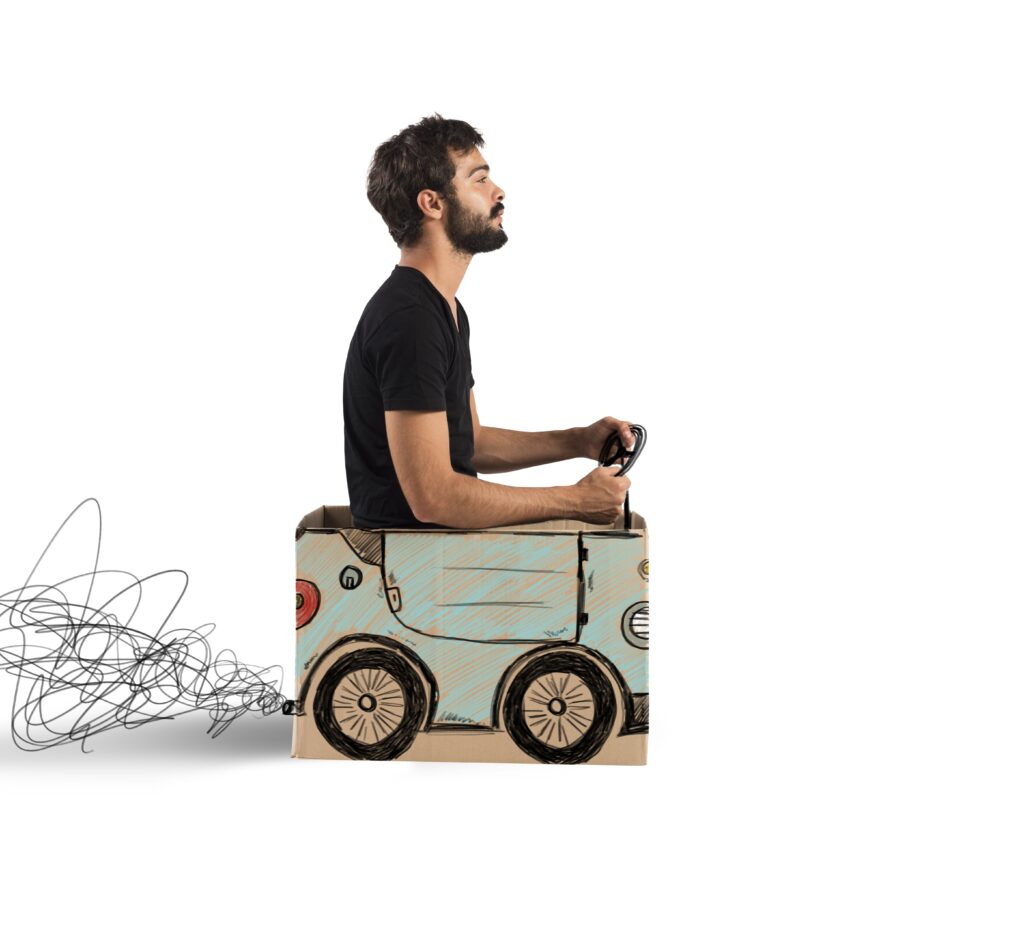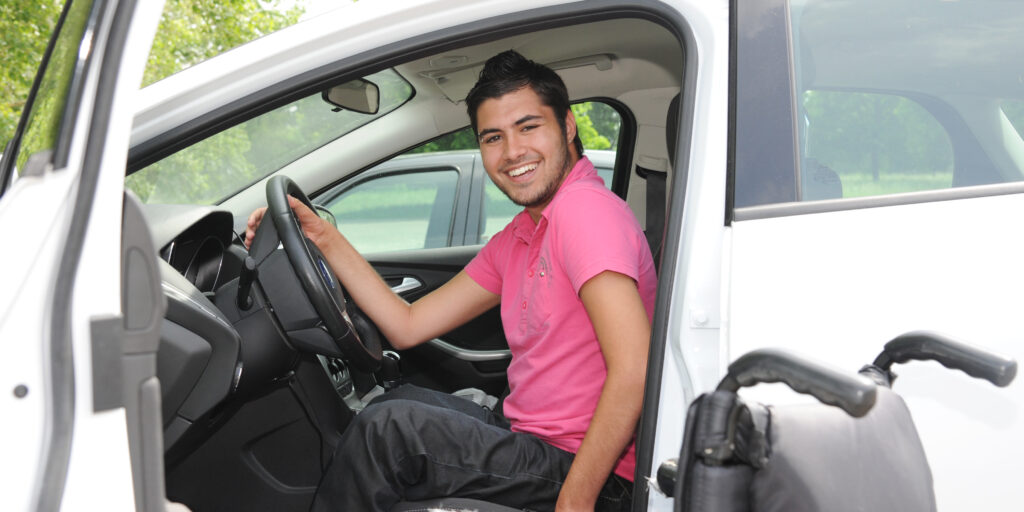Driving, and getting an adapted car, is both a real fast-track to mobility and a key factor for the autonomy of people with reduced mobility. But beyond the usual checklist, several criteria are particularly worthy of the attention of drivers with disabilities when purchasing a new or second-hand car. Accessibility, fittings, practicality, comfort… Just some of the factors to be taken into account when buying an accessible car.
Then, the driver’s environment fittings are validated by the driver’s GP, the driving licence obtained or updated… All that remains is to find the perfect car!
The importance of accessibility in your adapted car…
The accessibility of the vehicle is the most basic criterion for people with reduced mobility because, even before driving, you need to get into the driver’s seat. How easy it is for the driver with a disability to get in and out of the vehicle is indeed vital from several points of view — in terms of time, organisation and physical effort. Several points need to be considered so that getting behind the wheel doesn’t turn into an assault course:
— the doors: the width of the doors and in particular the driver’s door; their manoeuvrability; for people in wheelchairs who load their wheelchair at the rear, the possibility of choosing or installing a folding or sliding door;
— the seats, and specifically the driver’s seat: the right height and the ability to recline and adjust the backrest and seat, ergonomics, and seat belt manipulation are all details that will make the difference in terms of everyday comfort;
— accessories: depending on each person’s physical abilities, the positioning of the handle and installation of a SURFDIS transfer plate can be very useful. SURFDIS peuvent s’avérer très utiles.

Euh… non, ça ne va pas être possible !
From the indispensable to the desirable — standard or optional equipment
Driving is a demanding activity for everyone and involves realising multiple actions. Manufacturers now offer a wide range of standard and optional equipment for increased driver safety and comfort. It is important to list the equipment with which the future adapted vehicle must be equipped according to the disability, specific needs and budgetary constraints.
From the wide range of existing equipment, in order of priority:
- automatic gearbox, power steering ;
electric mirrors (possibly heated), central locking, ; - cruise control, windscreen wipers with rain sensor ;
- ● driver position memory system, radio with steering wheel control, GPS navigation system, etc.
Get advice, test drive a vehicle…
If you plan to buy a second-hand vehicle, the usual points should be checked: mileage, engine, tyres, etc. The service history and the technical inspection report (MOT or similar, according to country) are valuable documents for assessing the mechanical condition of the vehicle without having to look under the bonnet.
Whether it is a new or used vehicle, the best thing to do is to seek the advice and expertise of a professional. The SOJADIS Équipement team and our approved installers throughout France support drivers with reduced mobility at every stage of buying an adapted car. From searching for the vehicle to its delivery — with the fitting-out and equipment, and financing assistance that goes with it — our knowledge, know-how and experience are valuable assets for peace of mind.
To find your nearest SOJADIS Équipement installation partner: https://www.sojadis.com/en/network/certified-installers//


